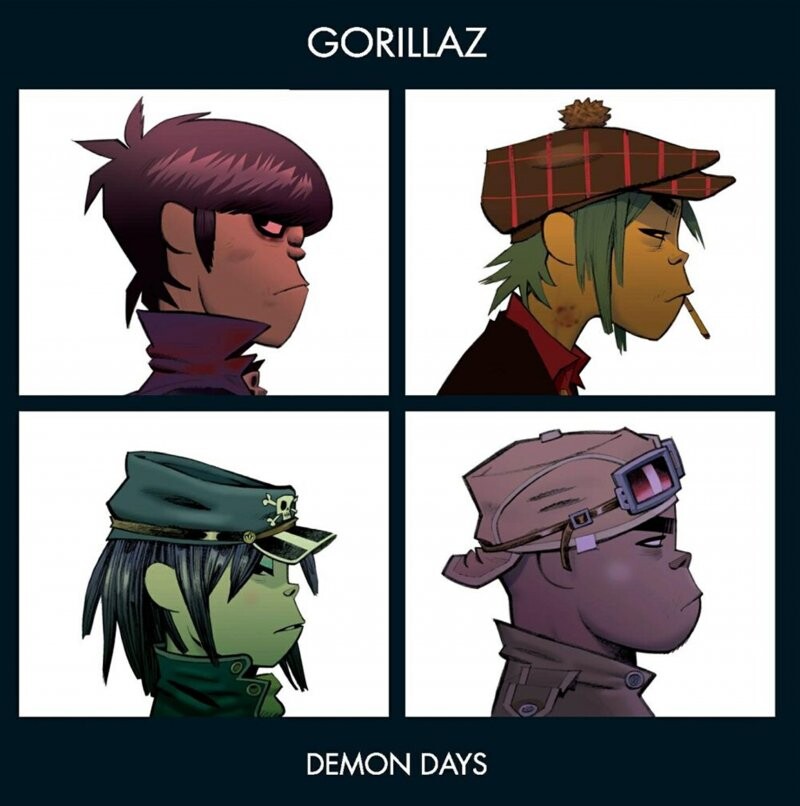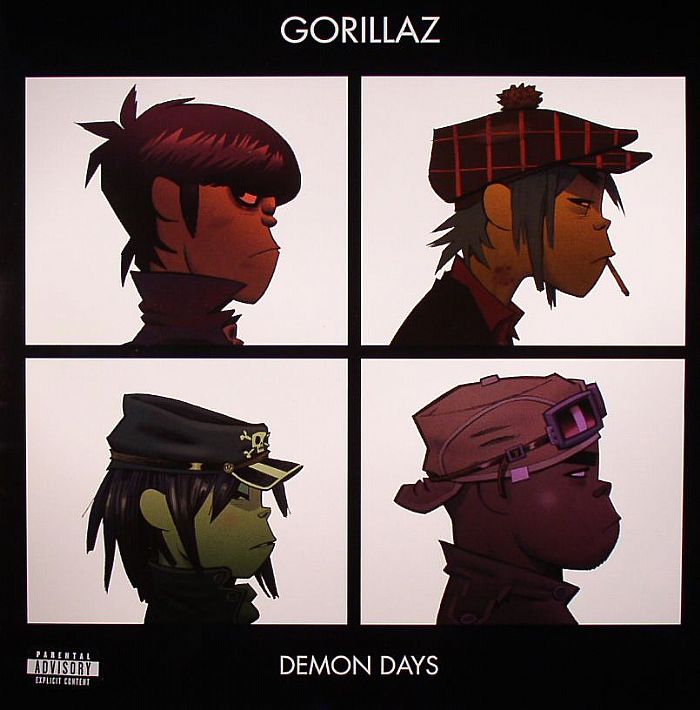

It feels like what The Beatles would do if they were all alive and together to release an album today: “On Melancholy Hill” seems on the verge of making a point time and again, yet in the end serves as just a piece of candy-coated electro-pop that tells a nonsense story in a rather compelling way. As with past Gorillaz’ projects, the lyrics can be at best obtuse and at worst trivial, although even their seeming inconsequence is a project of Hewlett and Albarn’s grand design. It sucks you into their alternate world even before you listen to the album, and the album deepens and widens the rabbit hole even more.

The island paradise on their album cover is a mushroom cloud meeting Frank Lloyd Wright’s organic architecture, all with a deliberately polyethylene sheen. Albarn’s willingness to embrace urban soundscapes from R&B, hip-hop, dance and techno ensured that “Demon Days” with its lineup of guests from De La Soul to Del the Funky Homosapien could bring this reality to even the most jaded of listeners and make them converts to the Gorillaz’ virtuality.įive years and a few forgettable projects later, it’s time for the band of the mind to return with a new full-length album called “Plastic Beach.” It’s an intentionally apt title as a fictional sandy shore serves this virtual crew well – exactly the sort of place the Gorillaz’ would vacation. You buy them because you interact, you interact because you buy them, or both – perhaps neither if you’re close-minded or virtually-impaired. The release of musical albums bridges the world between both realities, moving you from one to the other at will. You allow Albarn and Hewlett to construct a virtual reality, stick their virtual band into it, and interact with that virtual world just like the real one while they pull the strings. Could you really market a band that doesn’t even exist to the public at large? How do they tour to support a new album? How do they film music videos? How do they do radio show interviews? As it turns out The Wizard of Oz provided the object lesson – so long as you pay no attention to the man behind the curtain, it all works.
GORILLAZ DEMON DAYS ALBUM COVER PARODIES SERIES
This unconventional musician had already tasted the heights of pop culture success before he conceived of an entirely virtual band, one that could only be expressed through animation (electronic or otherwise) that was entirely the product of his musical vision and Jamie Hewlett’s artistic vision – the latter perhaps best known for the groundbreaking comic book series Tank Girl. Increasingly the lines between what is real and what is computer fantasy have become, shall we say, BLURRED.Įnter Damon Albarn. The graphics have only become more realistic as hard drives and computing power grew exponentially, leading to interesting moral and philosophical debates about the nature of reality and what if any limits should be placed on role-playing games and simulations of real life. The emergence of the world wide web made the concept much more accessible to the layperson as the internet was no longer a text-only world, and one could not only conceive of but participate in realities that only existed electronically. Previous to that it was largely the domain of science fiction and Hollywood thrillers, made menacing by the likes of Jobe Smith in The Lawnmower Man or as familiar and friendly as a Star Trek holodeck. One of those albums which have re-invented music and whose cover is iconic.The concept of virtual reality has become increasingly familiar to the average Joe in the last 20 years. It's so minimal and monolithic at the same time. One of my all-time favorite covers is Aphex Twin's first SAW. Similarly, a well made cover might not be a guarantee of a good album, but if it's something creative that grabs the attention, it's usually a safe bet.

That being said, there are plenty of great albums out there with shitty covers (such as Dance of Death). Something about artistic endeavor in music going in parallel with making an effort at producing a good cover art to go with it. This isn't bad as in so-bad-it's-good type as is the case with many early works of various bands, but simply bad. The thing with bad covers is that, in my experience, under a bad cover is usually a bad album, so when you ask me about worst covers, those are usually on shitty albums I've long forgotten about. Might be because of the resolution though.

That Mgla cover is great, but a bit too detailed and muffled in said details for my taste.


 0 kommentar(er)
0 kommentar(er)
